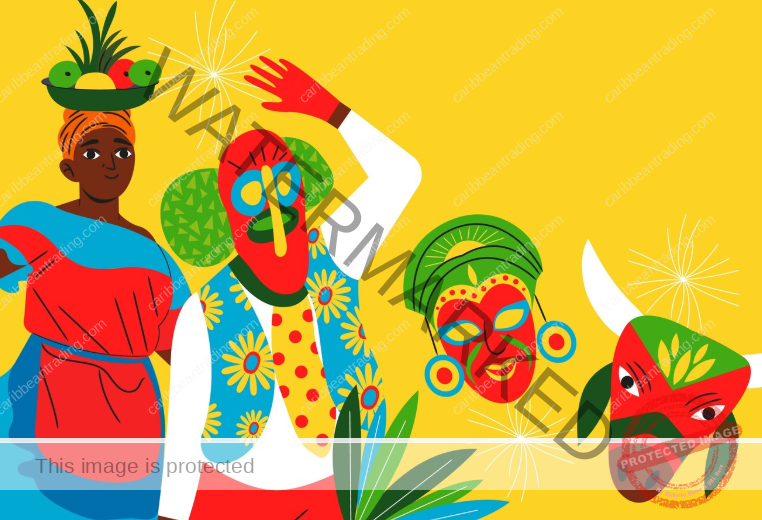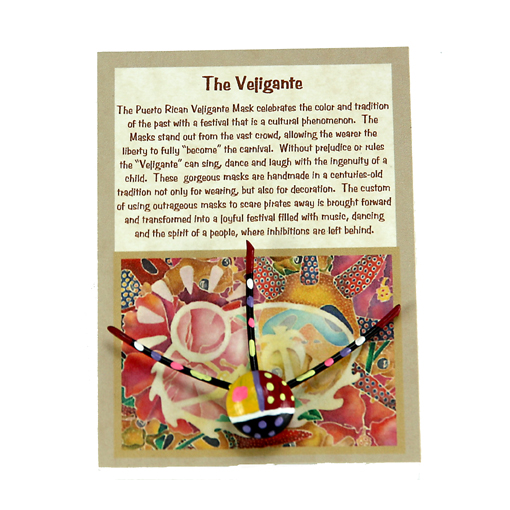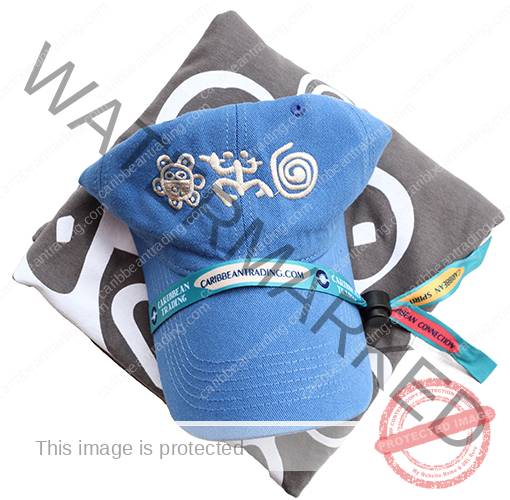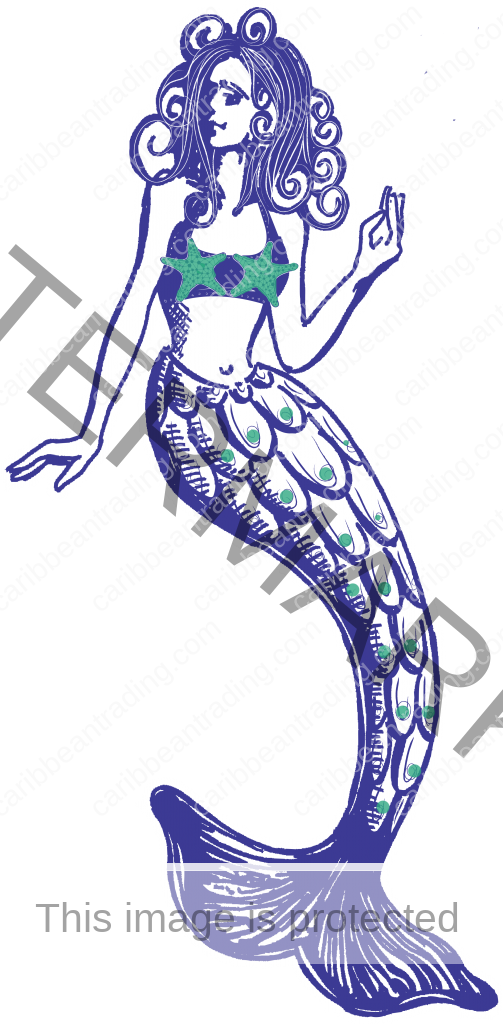Caribbean History
Exploring the Art Scene in the Caribbean
The Caribbean, with its kaleidoscope of cultures, histories, and natural landscapes, boasts a thriving art scene that reflects its dynamic identity. Its unique position as a melting pot of African, European, Indigenous, and Asian influences has given rise to a vibrant artistic tradition that transcends borders and genres. From traditional crafts rooted in ancient practices to cutting-edge contemporary installations, the art of the Caribbean mirrors the region’s diverse cultural heartbeat and the complex narratives that define it.
Historical Roots of Caribbean Art
The origins of Caribbean art are deeply intertwined with its history. Indigenous peoples, including the Taíno and Carib, left behind a legacy of rock carvings, pottery, and ceremonial objects. These early artworks, often imbued with spiritual significance, provide glimpses into pre-Columbian societies that flourished across the islands.
The colonial era brought dramatic cultural shifts as European colonizers established dominance, introducing Western artistic techniques while simultaneously attempting to suppress Indigenous traditions. The forced migration of African peoples through slavery added new layers to the artistic tapestry. African traditions in sculpture, textiles, and performance art became central to the region’s evolving identity. Over time, these influences blended with European and Indigenous styles, creating a distinct Caribbean aesthetic.
Traditional Art and Craftsmanship
Traditional crafts remain a cornerstone of Caribbean artistry. Across the islands, handmade objects such as woven baskets, pottery, and wood carvings continue to thrive. These crafts are often tied to the practical needs of daily life while also serving as expressions of cultural identity. For example, in Jamaica, the use of natural fibers in basket weaving reflects both functionality and artistic innovation, while in Haiti, papier-mâché masks and figurines play a central role in cultural festivals like Carnival.
Textiles are another vital aspect of traditional Caribbean art. In places like Trinidad and Tobago, batik and tie-dye techniques have been preserved and adapted, creating vibrant fabrics that symbolize the fusion of old and new. These crafts, often passed down through generations, provide a tangible link to the past while continuing to evolve in the modern era.
The Rise of Contemporary Art in the Caribbean
In recent decades, the Caribbean has emerged as a global hotspot for contemporary art. Artists from the region have gained international recognition for their ability to address complex themes such as identity, migration, colonialism, and resilience. The interplay between local and global perspectives characterizes much of the region’s modern artistic output.
Caribbean artists frequently draw on their heritage while experimenting with new media and techniques. For instance, the work of Trinidadian-born artist Christopher Cozier explores themes of power and post-colonial identity through multimedia installations. Similarly, Jamaican visual artist Ebony Patterson examines issues of gender, race, and visibility in her intricate mixed-media pieces.
Art institutions and events have also played a crucial role in elevating Caribbean contemporary art. The Havana Biennial in Cuba, the National Art Gallery of the Bahamas, and the Edna Manley College of the Visual and Performing Arts in Jamaica are just a few examples of spaces that support and showcase the region’s talent. These platforms not only promote individual artists but also foster a sense of collective identity within the Caribbean art community. Besides that, there are many expositions and art that you can visit during your stay in hotels and luxurious resorts. If you’re visiting, it’s possible that you can find some of them during the day, before coming back to relax at night, play with an online casino from the comfort of your room or dance away at the hotel’s nightclub!
Remember that you can also bring some of this art back home in the form of souvenirs. There are many to choose from! Custom pins, small figures or even clothes: they’re great if you want to keep a piece of the Caribbean with you.
Caribbean Art and the Diaspora
The Caribbean diaspora has been instrumental in expanding the reach of the region’s art. Artists of Caribbean descent, living in cities like New York, London, and Toronto, often use their work to explore themes of belonging and dislocation. This dual perspective enriches the broader narrative of Caribbean art by connecting local experiences with global contexts.
Prominent diaspora artists include Jean-Michel Basquiat, whose work combined African, Caribbean, and American influences, and Sonia Boyce, who uses multimedia to explore race and identity. Their success has paved the way for a new generation of artists who continue to push boundaries and redefine what it means to be a Caribbean creator in the modern world.
Art Festivals and Cultural Celebrations
Festivals and cultural events are integral to the Caribbean art scene. These gatherings celebrate the region’s creativity and provide opportunities for artists and audiences to connect. Carnival, celebrated in many Caribbean countries, is a vibrant showcase of performance art, costume design, and music. From the elaborate masquerades of Trinidad and Tobago to the Junkanoo festival in the Bahamas, these events are a testament to the region’s artistic ingenuity and cultural pride.
Other festivals, such as the Ghetto Biennale in Haiti and Carifesta, a traveling arts festival that moves between Caribbean nations, provide platforms for visual and performing artists to present their work to diverse audiences. These events emphasize collaboration and highlight the interconnectedness of Caribbean cultures.
The Influence of the Natural Environment
The Caribbean’s breathtaking landscapes play a significant role in shaping its art. The vivid colors of the sea, sky, and flora are often reflected in the work of painters and photographers. Artists such as Albert Huie of Jamaica, known for his lush landscapes, and Camille Pissarro, born in St. Thomas, have drawn inspiration from the region’s natural beauty.
However, the environment is not only a muse but also a subject of concern. Many contemporary Caribbean artists address ecological issues in their work, responding to threats like climate change and environmental degradation. This dual relationship with nature underscores the deep connection between Caribbean art and the region’s physical surroundings.
Challenges and Opportunities
Despite its richness, the Caribbean art scene faces challenges, including limited funding, infrastructure, and access to global markets. Many artists struggle to gain international exposure, and local art institutions often operate with constrained resources. However, these obstacles have also fostered resilience and innovation.
Digital platforms and social media have opened new avenues for Caribbean artists to share their work with global audiences. Online galleries, virtual exhibitions, and e-commerce have made it easier for collectors and art enthusiasts to discover the region’s talent. Additionally, partnerships with international art organizations have provided valuable support and visibility.
Preserving and Promoting Caribbean Art
Preservation efforts are essential to safeguarding the region’s artistic heritage. Museums and cultural institutions play a crucial role in documenting and showcasing Caribbean art, ensuring that traditional practices are not lost. Educational programs also help to nurture the next generation of artists, encouraging them to draw on their heritage while embracing contemporary techniques.
Promoting Caribbean art on a global scale requires a collaborative approach. Governments, private organizations, and local communities must work together to support artists and create opportunities for them to thrive. By doing so, the Caribbean can continue to assert its place as a vibrant hub of creativity and cultural expression.
Conclusion
The art scene in the Caribbean is as diverse and dynamic as the region itself. Rooted in a rich history and shaped by a myriad of influences, Caribbean art offers a compelling blend of tradition and innovation. Whether through traditional crafts, contemporary installations, or the vibrant energy of festivals, the region’s artists capture the essence of the Caribbean experience. As the world becomes more interconnected, the art of the Caribbean stands as a powerful testament to the resilience, creativity, and cultural richness of its people.







